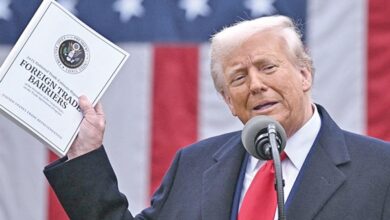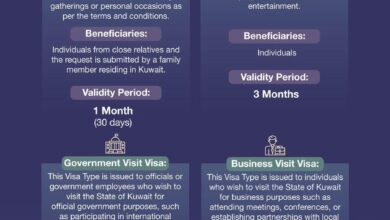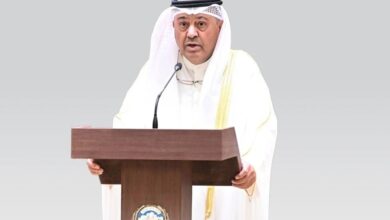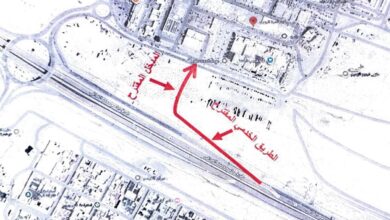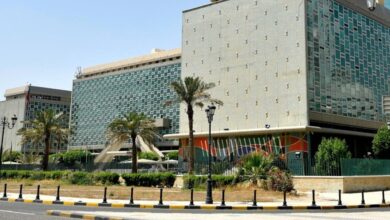India’s historic election journey begins
The inaugural phase of India's national election is scheduled to begin on April 19th. This monumental event stands as the most extensive democratic process in both contemporary times and the annals of history.
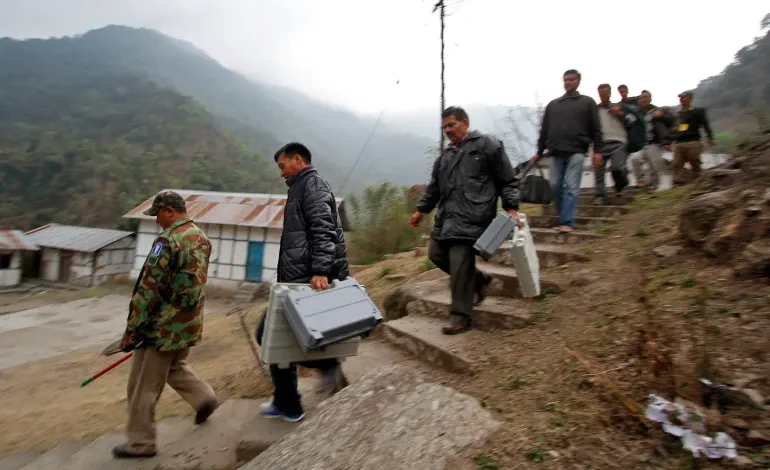
543 seats
The first of seven phases of the Indian national election will cover the 543 seats of the Lok Sabha, India’s lower house of parliament.
102 constituencies, 21 states
On April 19, the initial phase of the India’s general elections will witness 102 constituencies across 21 states casting their votes.
969 million voters
A staggering 969 million registered voters will have the opportunity to exercise their voting rights
5.5 million electronic voting machines in 44 days
As many as 5.5 million electronic voting machines will be used for the voters, spanning a period of 44 days.
Tallying of votes, results on June 4
Voting will commence at 7 am local time (01:30 GMT) and conclude at 6 pm local time (12:30 GMT). Voters who are in the queue by closing time will be allowed to cast their votes, even if it means keeping polling booths open longer.
Key constituencies voting on April 19
- Coimbatore, Tamil Nadu
- Nagpur, Maharashtra
- Manipur
- Muzaffarnagar, Uttar Pradesh
India’s eligible voters
India’s eligible voters surpass more than twice the population of the European Union (EU), which stands at 448 million. This figure has grown by 8% since the 2019 elections.
• Two principal coalitions are in direct contention to leadthe nation: the NDA, headed by PM Narendra Modi’sBJP, and a coalition of 26 parties known as INDIA, led by the main opposition party, the Indian National Congress.
• India conducted its first general election after gaining independence in 1947 from colonial ruler Britain. The election lasted four months, from October 25, 1951, to February 21, 1952.
Unveiling Phase 1 voters and high-stakes contests
On April 19, the initial phase of the Lok Sabha elections will witness 102 constituencies across 21 states casting their votes.
The first of seven phases of the Indian national election will cover the 543 seats of the Lok Sabha, India’s lower house of parliament. The party or coalition that secures a majority of these seats will form the next government.
This is the most massive democratic event in both current times and history, boasting 969 million registered voters who can cast their votes through 5.5 million electronic voting machines over 44 days. The tallying of votes and the announcement of results are slated for June 4.
As a multiparty democracy, India’s elections will feature a variety of national and regional parties vying for votes. However, two principal coalitions are in direct contention to lead the nation: the National Democratic Alliance (NDA), headed by Prime Minister Narendra Modi’sBharatiya Janata Party (BJP), and a coalition of 26 parties known as the Indian National Developmental Inclusive Alliance (INDIA), led by the main opposition party, the Indian National Congress.
Who votes in the first phase?
In the first phase, 102 constituencies within 21 states and union territories are voting, including:
- Tamil Nadu: All 39 of the state’s seatsRajasthan: Twelve out of the state’s 25 seats
- Uttar Pradesh: Eight out of the state’s 80 seats
- Madhya Pradesh: Six out of the state’s 29 seats
- Maharashtra: Five out of the state’s 48 seats
- Uttarakhand: All five of the state’s seats
- Assam: Five out of the state’s 14 seats
- Bihar: Four out of the state’s 40 seats
- West Bengal: Three out of the state’s 42 seats
- Arunachal Pradesh: Both of the state’s two seats
- Manipur: Both of the state’s two seats
- Meghalaya: Both of the state’s two seats
- Chhattisgarh: One out of the state’s 11 seats
- Mizoram: The state’s sole seat
- Nagaland: The state’s sole seat
- Sikkim: The state’s sole seat
- Tripura: One out of the state’s two seats
- Jammu and Kashmir: One out of five seats
- Andaman and Nicobar Islands: The union territory’s sole seat
- Lakshadweep: The union territory’s sole seat
- Puducherry: The union territory’s sole seat
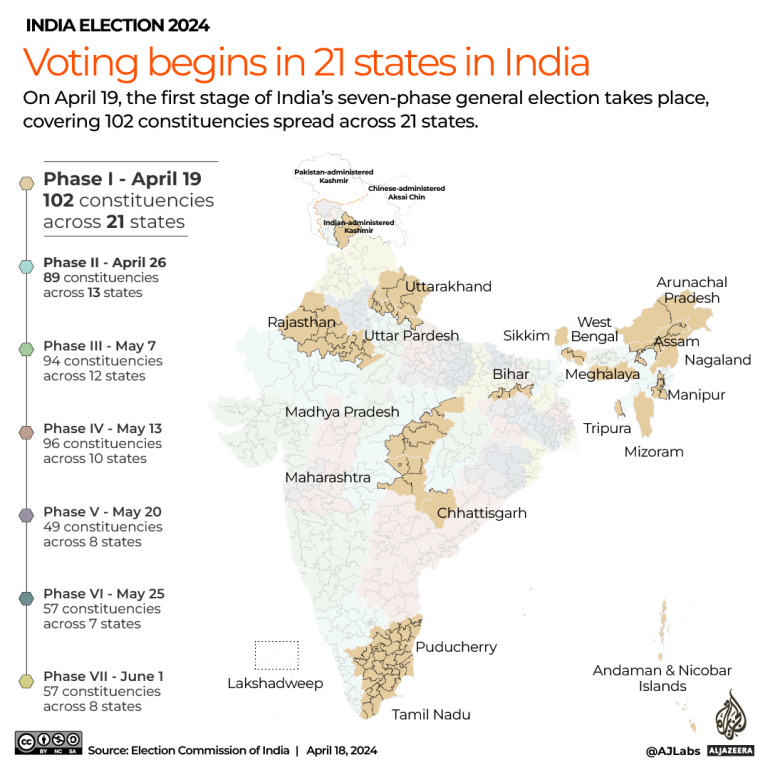
Some of the key constituencies voting on April 19
- Coimbatore, Tamil Nadu: Prime Minister Modi’sBJP has traditionally struggled to break through in the southern state of Tamil Nadu, where it won zero out of the 39 seats in 2019. This time, the party is betting on a rising star, the party’s state leader K Annamalai, to deliver an unlikely win from Coimbatore.
- Nagpur, Maharashtra: Federal Transport Minister Nitin Gadkari, a senior BJP leader whom some political analysts view as a potential challenger to Modi, is contesting from Nagpur, a city famous for its oranges. Nagpur is also the headquarters of the Rashtriya Swayamsevak Sangh (RSS), the Hindu majoritarian umbrella group that serves as the ideological mentor of the BJP.
- Manipur: Both of the state’s two seats will partially vote in the first phase on April 19 and partially in the second phase on April 26. These elections are taking place against the backdrop of ethnic strife that has effectively divided Manipur between its plains, where the majority Meitei community predominantly resides, and the hills, home to the Kuki community. More than 200 people have been killed in clashes since last May between these two communities, with many blaming the state’s BJP government for playing a biased role and failing to stop the violence. Will the government pay a political price?
- Muzaffarnagar, Uttar Pradesh: The epicenter of anti-Muslim riots in 2013 that some observers believe helped the BJP win big in India’s most populous state in 2014 (72 out of 80 seats), Muzaffarnagar votes on April 19. The constituency, along with its neighboring seats, has a significant Muslim population, but the BJP’s ability to consolidate Hindu votes helped it win in 2014 and 2019.
When does voting start and end?
Voting will commence at 7 am local time (01:30 GMT) and conclude at 6 pm local time (12:30 GMT). Voters who are in the queue by closing time will be allowed to cast their votes, even if it means keeping polling booths open longer.
Who rules states that vote in the first phase?
- Tamil Nadu is governed by an alliance led by the Dravida Munnetra Kazhagam, which includes parties from the INDIA coalition.
- The BJP governs Uttar Pradesh, Madhya Pradesh, Chhattisgarh, Rajasthan, Uttarakhand, Assam, Manipur, Tripura, and Arunachal Pradesh.
- The BJP also holds power through alliances in Maharashtra, Bihar, Meghalaya, Nagaland, Sikkim, and Puducherry.
- The Andaman and Nicobar Islands, Lakshadweep, and Jammu and Kashmir are federally governed with no democratically elected government. Jammu and Kashmir has not held state elections since the Modigovernment revoked its special status in 2019.
- West Bengal is governed by the All India TrinamoolCongress Party, which is part of the INDIA alliance.
- Mizoram is governed by a coalition of six regional parties known as the Zoram People’s Movement.
Who won Lok Sabha seats in 2019?
- In the last Lok Sabha election, the Congress-led United Progressive Alliance (UPA), many of whose members are now part of the INDIA grouping, won 45 out of the 102 seats that will vote on April 19.
- The BJP-led NDA won 42 of these seats.
- In Tamil Nadu, which is the biggest prize in the first phase, the NDA alliance won one seat, which went to the regional All India Anna Dravida MunnetraKazhagam (AIADMK). The BJP itself did not win any seats. The other 38 seats in Tamil Nadu went to the UPA, with the Congress winning eight, the DMK winning 23, and other allies winning the rest.
- In Assam, a delimitation exercise last year changed the organization of constituencies. This year, Kaziranga has replaced what was Kaliabor in 2019, with some changes. The Congress won this seat in 2019. Sonitpur has replaced Tezpur, which the BJP won in 2019.
The second phase of voting will be held on April 26.










